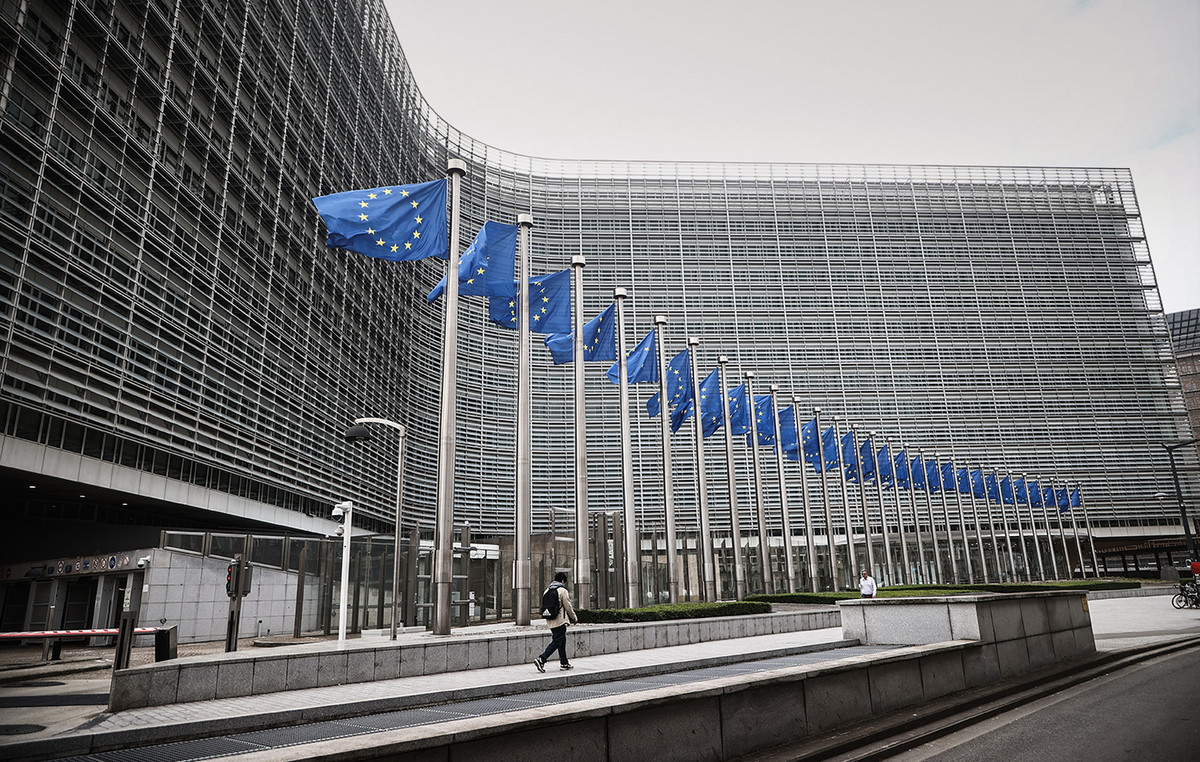Russia continues to advance in eastern Ukraine, while the Kiev government tries to convince the United States to send more help and press Vladimir Putin for a peace agreement.
After months of negotiation, Ukraine and the US signed an agreement on mineral exploration, one of Donald Trump’s outbreaks at the beginning of his second term as president.
However, with the loss of part of the territory to Russian troops, Ukrainians also lost control of part of their mineral resources. Learn below.
What resources are under Ukraine control?
The war has caused damage throughout Ukraine, and Russia now controls about one fifth of its territory.
Most Ukrainian charcoal deposits, which supplied their steel industry before the war, are concentrated in the east and was lost.
About 40% of Ukraine’s metal resources are now under Russian occupation, according to estimates of the Ukraine Ukraine Think Tanks and the National Institute for Strategic Studies, citing data until the first half of 2024. They did not provide further details.
Since then, Russian troops have continued to advance in the eastern region of Donetsk. In January, Ukraine closed its only covered coal mine outside Pokrovsk city, which Moscow forces try to capture and is one of the most violent scenarios in the conflict.
Russia has occupied at least two deposits of Ukrainian lithium during the war – one in Donetsk and one in the Zaporizehzia region in the Southeast. Kiev also controls lithium deposits in central Kyrovohrad.
What mineral resources does Ukraine have?
Ukraine has deposits of 22 of the 34 minerals identified by the European Union as critics, according to Ukrainian data. They include industrial and construction materials, iron, precious and non -ferrous metals and some elements of rare land.
According to the Ukraine Institute of Geology, the country has several rare land minerals such as:
- Lantânio and Cerio, used on TVs and lighting
- neodymium, used on wind turbines and electric vehicle batteries
- and Erbium and Itrian, whose applications vary from nuclear to lasers.
Research funded by the EU also indicates that Ukraine has scandal reserves. Detailed data are confidential.
The World Economic Forum has stated that Ukraine is also an important potential supplier of lithium, beryllium, manganese, gallium, zirconium, graphite, apatite, fluorite and nickel.
The Ukrainian state geological service also points out that the country has one of Europe’s largest confirmed reserves, estimated at 500,000 lithium -lithium tons – vital for batteries, ceramic and glass.

There are also titanium reserves, located mainly in the northwest and central regions, while lithium is found in the center, east and southeast.
Ukraine graphite reserves, a key component in electric vehicle batteries and nuclear reactors, represent 20% of global resources. The deposits are in the center and west.
Ukraine also has significant coal reserves, although most are now under the control of Russia in occupied territory.
Mining analysts and economists say Ukraine currently does not have rare land mineral mines in commercial operation.
China is the world’s largest producer of rare land minerals and many other essential materials.
What are rare land minerals?
Rare land minerals are a group of 17 metals used in the manufacture of magnets that turn energy into electric vehicles, cell phones, missile systems and other electronics. There are no viable substitutes.
US geological service considers 50 minerals as critical, including rare, nickel and lithium lands.
Critical minerals are essential for industries such as defense, high -tech appliances, aerospace and green energy.
This content was originally published in which mineral resources does Ukraine control and which Russia captured? on the CNN Brazil website.
Source: CNN Brasil
Bruce Belcher is a seasoned author with over 5 years of experience in world news. He writes for online news websites and provides in-depth analysis on the world stock market. Bruce is known for his insightful perspectives and commitment to keeping the public informed.







